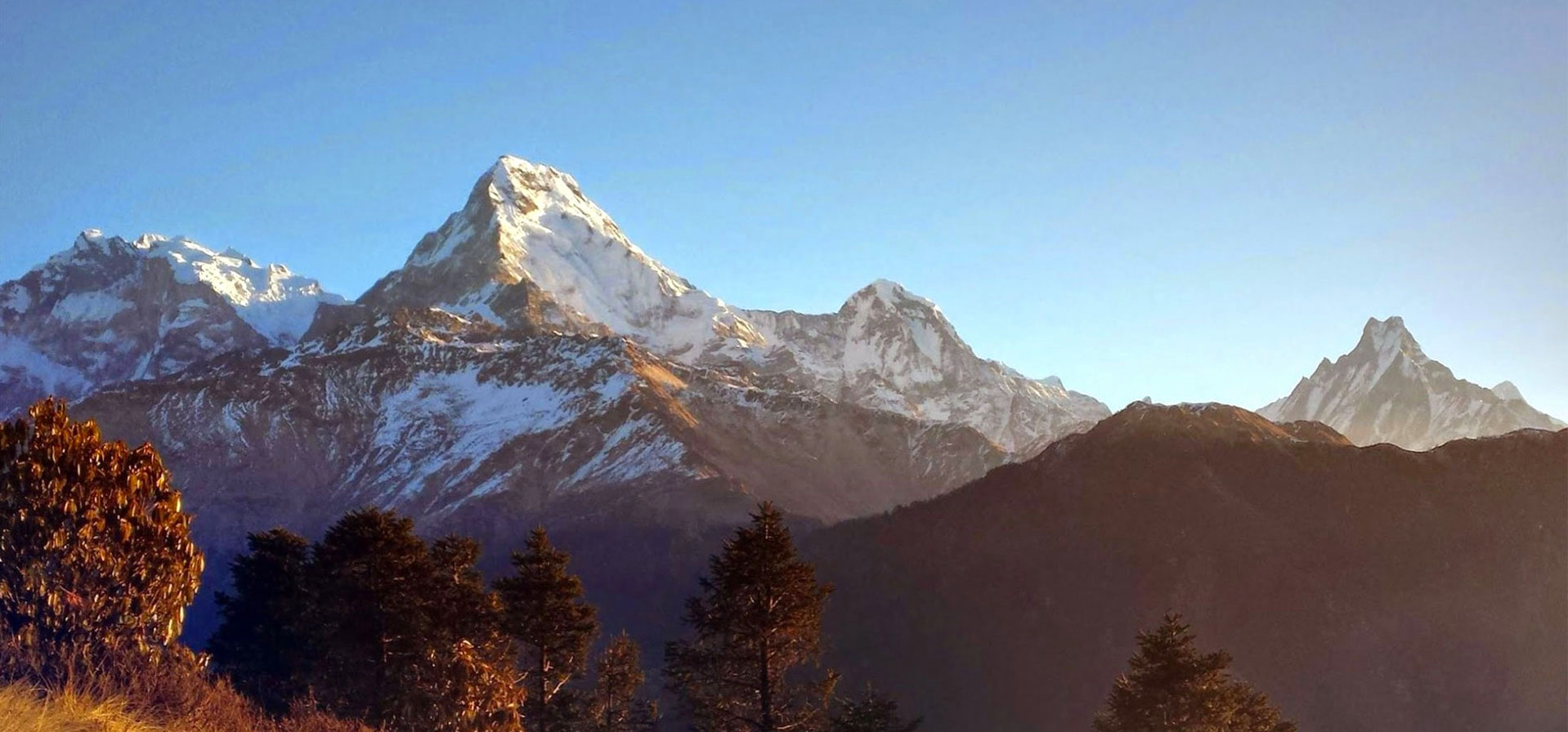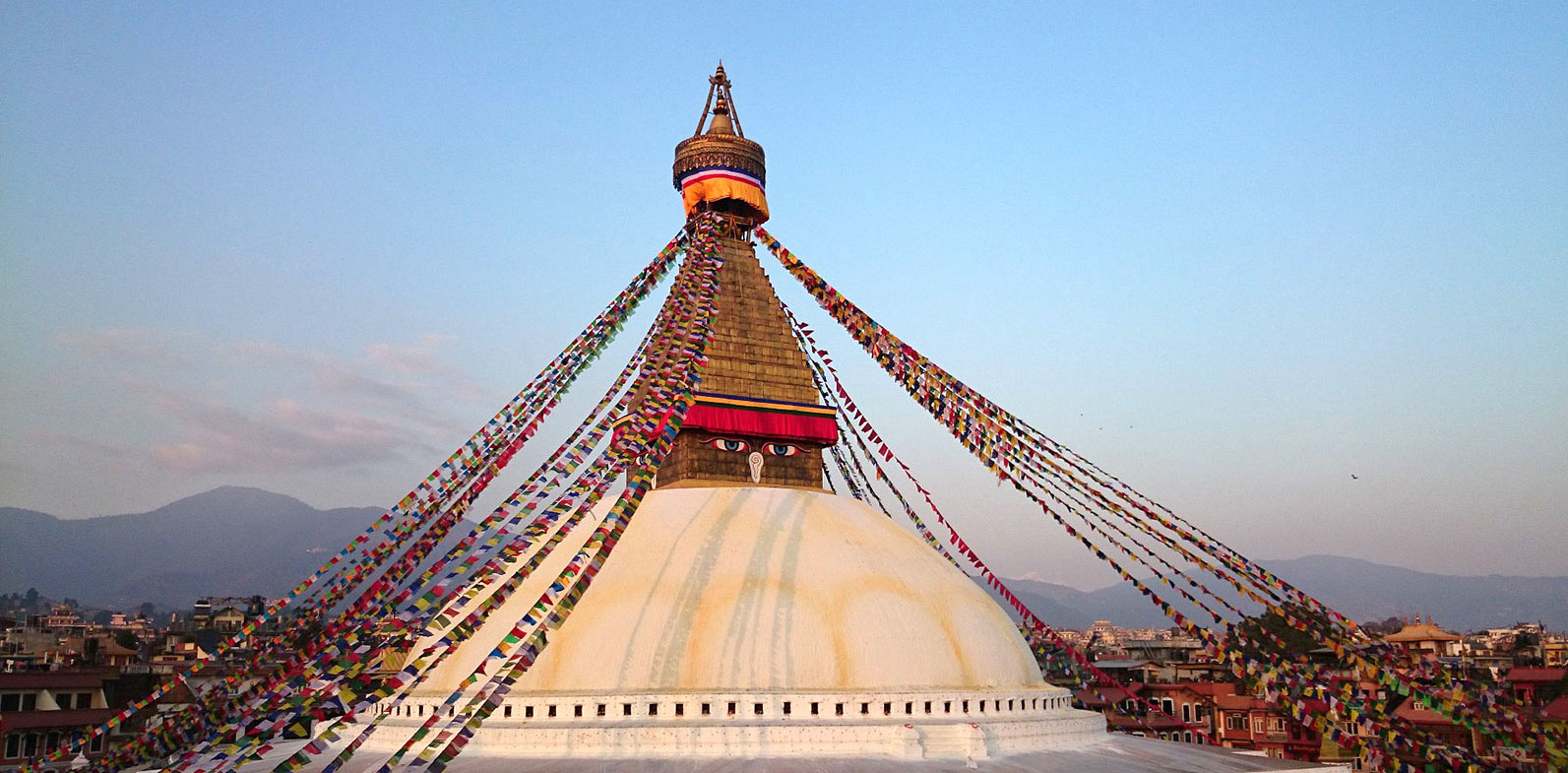Nepal Travel Guide

Nepal’s unique topography and culture have long captivated the imagination of travelers. Sandwiched between the Himalayas and the Indian plains, this tiny country makes up for what it lacks in size with its staggering natural beauty. For trekkers in particular, the mountains of Nepal offer some of the most exciting landscapes on the planet. If you’re thinking of planing a trip to Nepal, you might be looking to find out a little about the country, its people, the visa process, and other pre-departure information. Yulkor – Himalayan Adventure Tour Company has one-stop Nepal travel guide for you to help you get started. You may select one of our outstanding travel packages in Nepal to start a holiday.
As for other health concerns, check with your country’s recommendations for travel to Nepal. Commonly recommended vaccines include Hepatitis A & B, Typhoid, and Japanese Encephalitis, though none of these are required for entry. We will update Nepal travel guide as soon as there is any news.
Language and Culture
The official language of Nepal is Nepali. If you’re planning to travel beyond Kathmandu, you might want to bring a phrase book with you. Part of the reason many experienced trekkers are accompanied by guides, even on easier routes, is that English is not widely spoken outside of the cities. While you should have no trouble meeting other travelers or staff at tourist sites and who speak English, you won’t have much luck communicating with the locals if you don’t know a few sentences. You’ll be surprised just how useful even simple words like ‘thank you’ dhanyabād and ‘hello’ namaskāra can be!
The population of Nepal is primarily Hindu, but you will also find a large number of Buddhists, Muslims, and Christians. When visiting the country’s famous Buddhist monasteries and temples (Check Temples & Tigers Tour), keep note that the photographing of religious figures in such places is strictly prohibited. Similarly, aware planning on purchasing antiques in-country, you will need special permission to transport them back home. Our Nepal travel guide never let you down on such tips before and after.
Travel Guide on Transportation and Accommodation
As for arriving, Nepal has only one international airport, Tribhuvan, which is located in the capital city of Kathmandu. All other airports service only domestic flights. Once you’ve arrived to Kathmandu, you can get around the city by taking metered rickshaws or taxis. Leaving the city, you will find long-distance buses to the most popular destinations. Though the roads are mountainous, they are in good condition. And you can expect most destinations to be easily accessible by road. You can also hire drivers to transport you via a private car. We also recommend to read article on how to plan a trip to Himalayas on your holiday.
There is no shortage of hotels and homestays, depending on your preferences. While many places still have limited access to WiFi, internet cafes are common throughout Kathmandu and even farther out.

Currency
It is easy to find ATMs and businesses in the city which accept cards (Visa, MasterCard, American Express), but less-so in rural areas. If you are considering trekking (Check Everest Base Camp Trekking), you will surely need cash. We recommend withdrawing money while still in your home country. And converting it to Nepalese rupees prior to departure as the safest choice. In Kathmandu, support options for both transferring money include Western Union and traveler’s checks. Plan a trip to Nepal for what it expected.
Travel Guide on Visas and Permits
Nepal offers on-arrival tourist visas at all international points of entry for almost every nationality. The visa is applied for, paid for, and provided at the point of entry. This means that in most cases no advanced planning or application is needed. Visa fees are 30 USD for 15 days, 50 USD for 30 days, and 125 USD for 90 days. For a list of countries whose citizens must acquire a visa piror to arrival. Visit the Nepali government’s Department of Immigration website at https://www.immigration.gov.np/page/tourist-visa.
This website also provides information on eligibility for Gratis Visas and visa extensions. Note that you may require different permits for travel to different areas. Namely, if you are planning to travel to rural municipalities. Restricted areas (such as Upper Mustang), or conservation areas (like Annapurna). You may need to secure a Trekking Information Management System (TIMS) card either through your tour operator. Or the Tourist Service Center in Kathmandu, as well as pay for area specific entry permits. Happily, the fees for these permits are highly affordable. Be sure to have a stack of passport-sized photos on hand to ease the process if you’re wanting to visit multiple areas. This Nepal travel guide has all crucial information above and keep in mind while travelling in Nepal. Contact us if you have any questions rather than the complied one-stop guide for travelling in Nepal.
Frequent questions and answers about travelling in Nepal
In March 2022, Nepal removed barriers to on-arrival entries for unvaccinated travelers. While you still need a 72-hour negative PCR test result to board the plane and be eligible for the on-arrival visa, you do not need to present proof of vaccination.
Yes, you may require different permit for restricted areas such as Upper Mustang, or conservation areas like Annapurna.
You may need to secure a Trekking Information Management System (TIMS) card either through your tour operator, or the Tourist Service Center in Kathmandu, as well as pay for area specific entry permits. Happily, the fees for these permits are highly affordable.
Be sure to have a stack of passport-sized photos on hand to ease the process if you’re wanting to visit multiple areas.
Useful internal links: Tibet travel permit and group visa from Nepal | Tibet Faqs | About Bhutan

